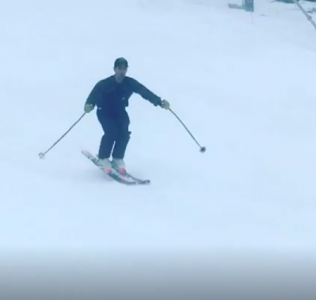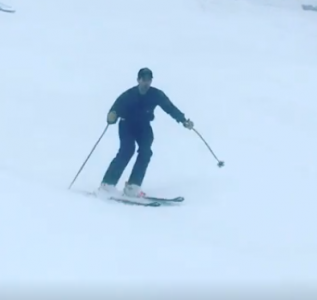I'm hoping folks can help provide some
guidance on ways to improve my skiing. I often struggle with having a slight A frame...particularly on my backcountry setup, and in challenging wind affected snow. Maybe I'm over-edging...but it almost sometimes looks like the outside ski is a little late to release to the next turn. Any other tips are appreciated - I really want to spend this season tightening up my skiing. This skiing is all in the backcountry in the northeast US (Adirondacks)...so generally slopes in the 30 degree-ish range, with variable conditions, which is where my flaws become most exposed. So - here's some various clips.. some in decent/good snow, some in funky wind affected snow, and some skiing in some of the worst conditions the east coast has to offer. The clip where I'm being followed by my friend is particularly good example of the issue, as is the one where I'm going really slow on some horrible, crusty, icy slide. Much appreciate everyone's input.
weird steep gully
slide 1
couloir
good conditions, good skiing
grabby snow:
guidance on ways to improve my skiing. I often struggle with having a slight A frame...particularly on my backcountry setup, and in challenging wind affected snow. Maybe I'm over-edging...but it almost sometimes looks like the outside ski is a little late to release to the next turn. Any other tips are appreciated - I really want to spend this season tightening up my skiing. This skiing is all in the backcountry in the northeast US (Adirondacks)...so generally slopes in the 30 degree-ish range, with variable conditions, which is where my flaws become most exposed. So - here's some various clips.. some in decent/good snow, some in funky wind affected snow, and some skiing in some of the worst conditions the east coast has to offer. The clip where I'm being followed by my friend is particularly good example of the issue, as is the one where I'm going really slow on some horrible, crusty, icy slide. Much appreciate everyone's input.
weird steep gully
slide 1
couloir
good conditions, good skiing
grabby snow:
Attachments
Last edited:


